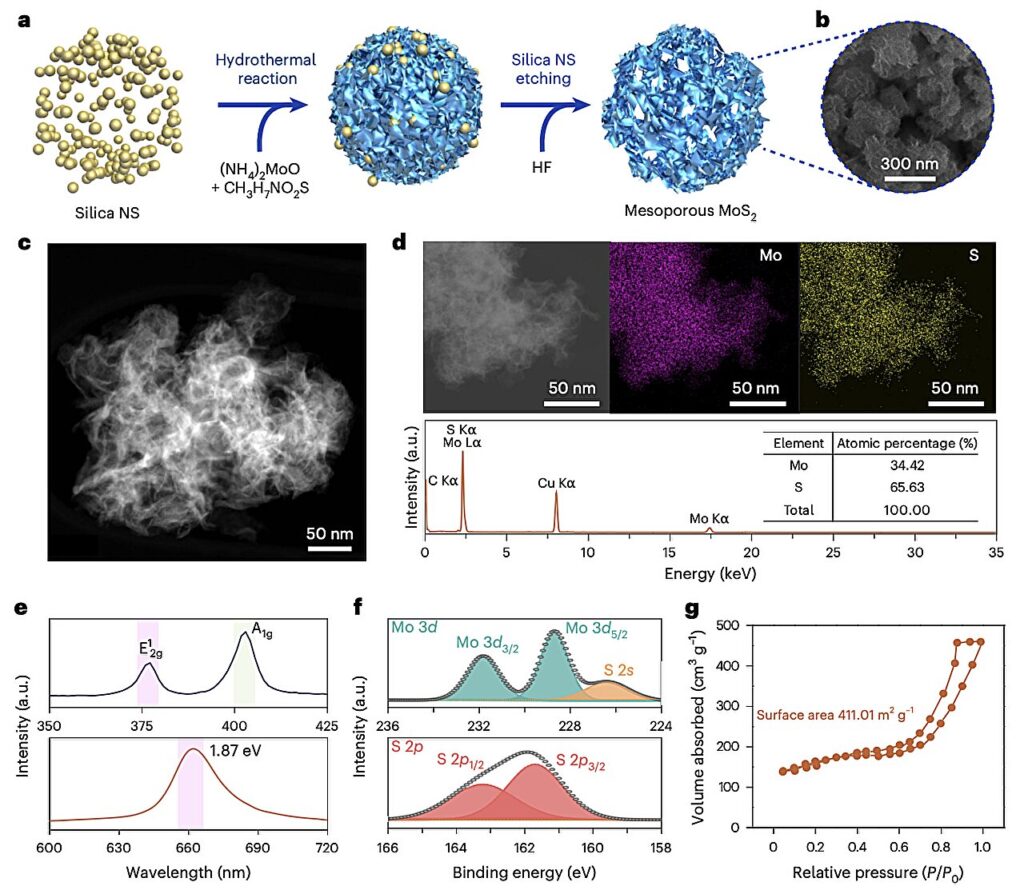The efficiency and performance of photovoltaics (PVs) have improved significantly over the past decades, which has led to an increase in the adoption of solar technologies. To further enhance the performance of solar cells, energy researchers worldwide have been devising and testing alternative design strategies, leveraging different materials and cell structures.
A class of solar cells that have been found to attain promising results are those based on organic-inorganic hybrid perovskites, materials with various advantageous properties. While these cells have achieved efficiencies of over 25%, they are often unstable and sensitive to various external stimuli (e.g., UV light and oxygen), which hinders their large-scale deployment.
Researchers at the Ulsan National Institute of Science and Technology, Korea University and other institutes recently introduced a new possible strategy to boost the efficiency and stability of perovskite solar cells. This strategy, outlined in a paper published in Nature Nanotechnology, entails the use of mesoporous structured molybdenum disulfide (MoS2) as an electron transport layer (ETL) in perovskite solar cells.
“Mesoporous structured electron transport layers (ETLs) in perovskite solar cells (PSCs) have an increased surface contact with the perovskite layer, enabling effective charge separation and extraction, and high-efficiency devices,” Donghwan Koo, Yunseong Choi and their colleagues wrote in their paper.
“However, the most widely used ETL material in PSCs, TiO2, requires a sintering temperature of more than 500 °C and undergoes photocatalytic reaction under incident illumination that limits operational stability. Recent efforts have focused on finding alternative ETL materials, such as SnO2.”
Building on previous research efforts, Koo, Choi and their colleagues set out to improve the performance of perovskite solar cells using ETLs with a mesoporous structure. This essentially means that the material used for these layers has tiny pores (ranging from 2 to 50 nm in size).
They specifically used mesoporous MoS2, a versatile material with optoelectronic properties that has previously been used to develop batteries, photodetectors, light-emitting diodes (LEDs) and other technologies. The researchers found that introducing a mesoporous MoS2 ETL yielded solar cells exhibiting an efficiency above 25% and good stability.
“The MoS2 interlayer increases the surface contact area with the adjacent perovskite layer, improving charge transfer dynamics between the two layers,” wrote Koo, Choi and their colleagues.
“In addition, the matching between the MoS2 and the perovskite lattices facilitates preferential growth of perovskite crystals with low residual strain, compared with TiO2. Using mesoporous structured MoS2 as ETL, we obtain perovskite solar cells with 25.7% (0.08 cm2, certified 25.4%) and 22.4% (1.00 cm2) efficiencies.”
In initial tests, the team’s solar cells attained highly promising results, comparing favorably to solar cells with a TiO2 ETL. Notably, the perovskite solar cells with a mesoporous MoS2 were also found to retain their stability and 90% of their initial power conversion efficiency (PCE) after operating under continuous illumination for over 2,000 hours.
These encouraging findings could inform future efforts aimed at boosting the efficiency and stability of organic-inorganic perovskite solar cells by introducing a mesoporous structured MoS2 layer. These efforts could help bring perovskite solar cells’ performance up to par with silicon-based PVs, contributing to their future widespread deployment.


